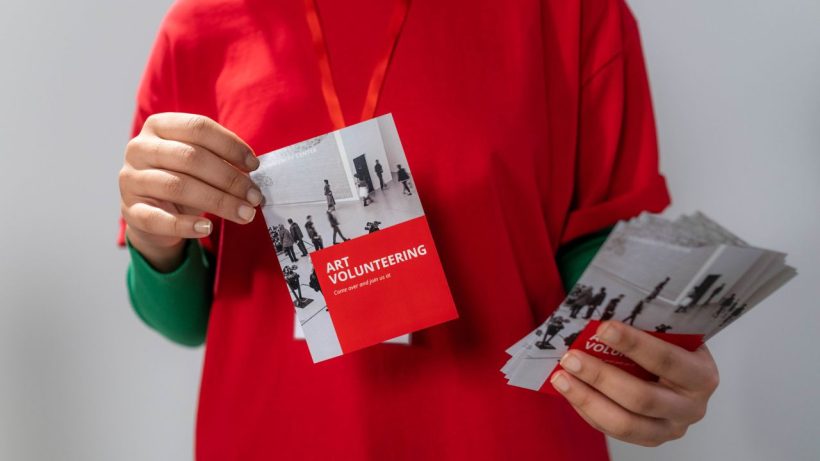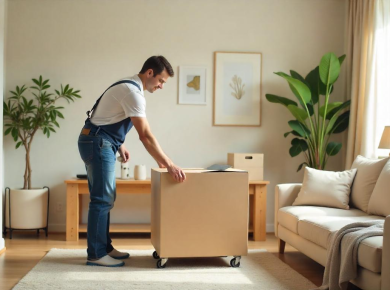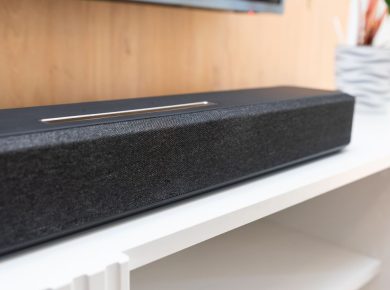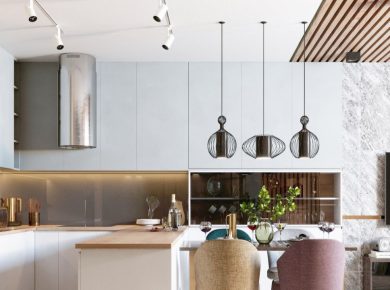Binding, size, orientation, paper selection, and finishes for your catalogue or brochure — all these elements will determine if your printing project is a hit or miss. Fear not! We’ve listed the essentials you need to know for printing unique and customised catalogues and brochures. All details are provided in the video below. And if anything’s unclear, our team is on hand to assist you via the chat (bottom left of your screen).
Catalogues and Brochures: Various Binding Options Staple Binding for Brochures Staple binding, also known as “saddle stitch”, involves inserting two staples along the document’s spine. This hides the staples, ensuring a quality finish.
This binding is perfect for moderate page count documents. We offer online staple binding for up to 80 internal pages. Beyond this, your brochure won’t stay closed, looking unappealing. In such cases, it’s better to choose perfect bound binding.
For brochure printing, there are four basic formats: A5 portrait, A5 landscape, A4 portrait, and A4 landscape. You can also customise your size within these formats at no extra cost. So, you can create a 16 x 24 cm, 20 x 28 cm or 21 x 21 cm brochure from our A4 range. Similarly, a pocketbook size of 10 x 18 cm or 11 x 18 cm can be derived from the A5 brochure range. notebook printing
Main uses for saddle stitch binding:
- Company leaflets
- Cultural event programmes (concerts, festivals…)
- Local council newsletters
- Magazines, weekly publications (with moderate page numbers)
- Annual reports
- Training manuals
- Mass booklets
Perfect Bound Binding for Catalogues Perfect bound binding involves gluing sheets together at the spine with a cover. This method guarantees a quality appearance, similar to high-end magazines. We offer online perfect binding from 40 to 480 internal pages. For larger paginations, please consult us, as we can accommodate up to 1000 pages depending on the paper and format.
Like brochures, you can customise sizes within our standard formats at no extra cost.
Main uses for perfect bound:
- High-end magazines
- Art books
- Premium commercial catalogues
- High page count user manuals
- Product catalogues/mail order/retail catalogues
Other Binding Types On request, we can offer various binding solutions for catalogues, brochures, and magazines. More details can be found in our article about perfect bound and hardback books.
Loop staple binding is ideal for inserting your brochure into a binder. Often used for training materials. Wire-O or metal spiral binding is more for diaries or work documents, as it’s easy to handle. Singer sewing binding gives your printing projects a crafty yet premium feel. Plus, you can select the thread colour to add a unique touch. Screw binding is perfect for creating unique, interactive items, such as swatch books. We can offer plastic or metal screw bindings. Hardback binding is typically reserved for comic books and premium books.
Formats: Classic Sizes for Books, Catalogues, and Brochures A4 size (21 cm x 29.7 cm) Probably the most popular format, especially favoured by graphic-intensive catalogues, as it easily combines text and visuals.
A5 size (14.8 cm x 21 cm) Another widely-used format, standard for written works like novels, poetry collections, and essays. At “React Printers”, we offer A4 and A5 book and brochure printing. You can adjust the dimensions (height and width) based on your project directly on our site when ordering. From A4 or A5, you can modify to fit other classic sizes listed below.
Pocket size (11 cm x 18 cm) As the name suggests, this is the pocketbook size! Compact and convenient, it’s derived from the A5 format.
Royal size (16 cm x 24 cm) Originating from the A4 format, it’s also great for graphic works requiring ample space for illustrations.
Square size (15 x 15 cm or 21 cm x 21 cm) Simple and effective, somewhat cute and almost playful, the square format is versatile, suitable for illustration books to company booklets.
But it’s not just about format, what about orientations? Technically, it’s called “orientation”, and there are three types:
Landscape orientation Refers to books and brochures where the spine or binding side is shorter than the base. Common for photo books or graphic catalogues. E.g., a catalogue 14.8 cm tall x 18 cm wide is in landscape.
Portrait orientation The go-to orientation, it’s most common. Versatile for various projects, especially text-heavy ones. For instance, a book 18 cm tall x 14.8 cm wide is in portrait.
Square orientation As the name suggests, as tall as it is wide. Suitable for company booklets, graphic works, children’s books, and more.
Paper Choices: A Crucial Decision Coated Paper The industry standard in printing, like the Big Mac at McDonald’s. Reliable and enduring! Coated paper has a thin layer making it glossy or matte.
Offset or Uncoated Paper Offset paper is uncoated, meaning no additional layer has been applied. It has a rawer, less smooth touch, giving it a vintage, high-quality feel.
Textured Paper Available only for book or brochure covers, textured paper provides a premium, tactile experience. Popular types include kraft, vergé, and grain papers.
Cover Finishes: Enhancing Your Catalogue’s Appeal Available Online Finishes Enhance your catalogue with attractive finishes!
Lamination protects and beautifies your cover. Glossy offers a shiny look, matte provides a silky feel, and Soft touch gives a smooth, peach-skin feel. Spot UV varnish, combined with matte or Soft touch lamination, highlights specific cover elements, adding both elevation and shine. Hot foil stamping on your catalogue’s cover gives a luxury touch. We offer four online foil colours: shiny gold, matte gold, shiny silver, and matte silver.
Luxury Catalogues and Brochures: Our Unique Finishes For bespoke projects, we offer various unique finishes and formats.
Laser cutting on your catalogue’s cover to showcase the first page. Tabs and thumb tabs to navigate through your catalogue easily. Ideal for high pagination, providing quick access to information. Front and/or back cover flaps. Covers in textured, craft, or kraft paper. Insert pages in craft or vellum paper. Pantone printing. Individual personalisation. Holographic lamination.
That’s a Wrap! So, there you have it — a comprehensive guide for printing catalogues and brochures! Whether you’re printing a one-off piece or bulk order, at “React Printers”, we can cater to all your needs.
Still have questions? We have answers. Don’t hesitate to contact our team for more insights. Happy printing!









